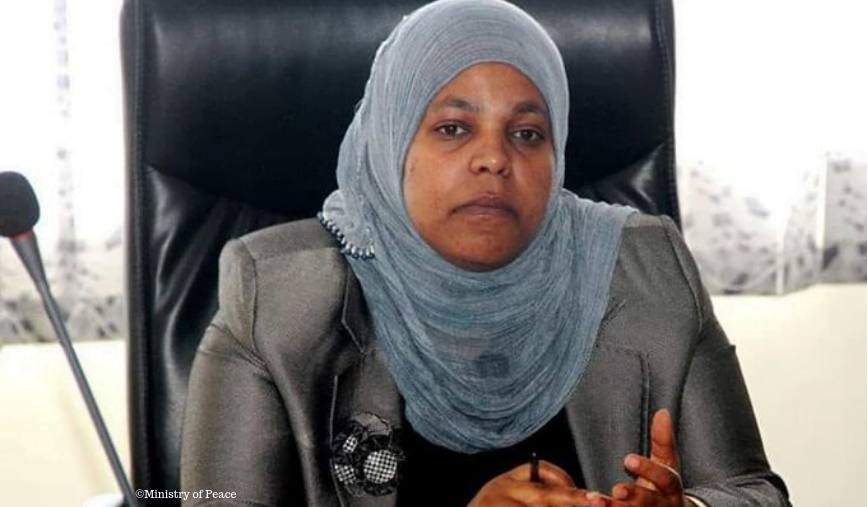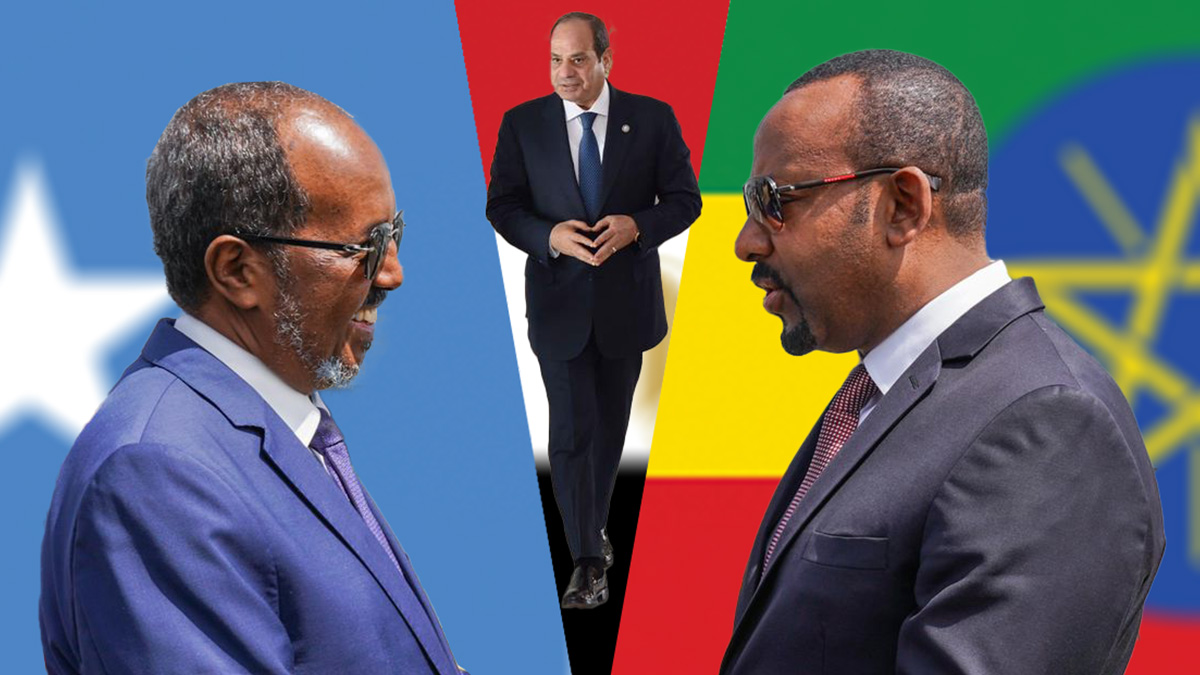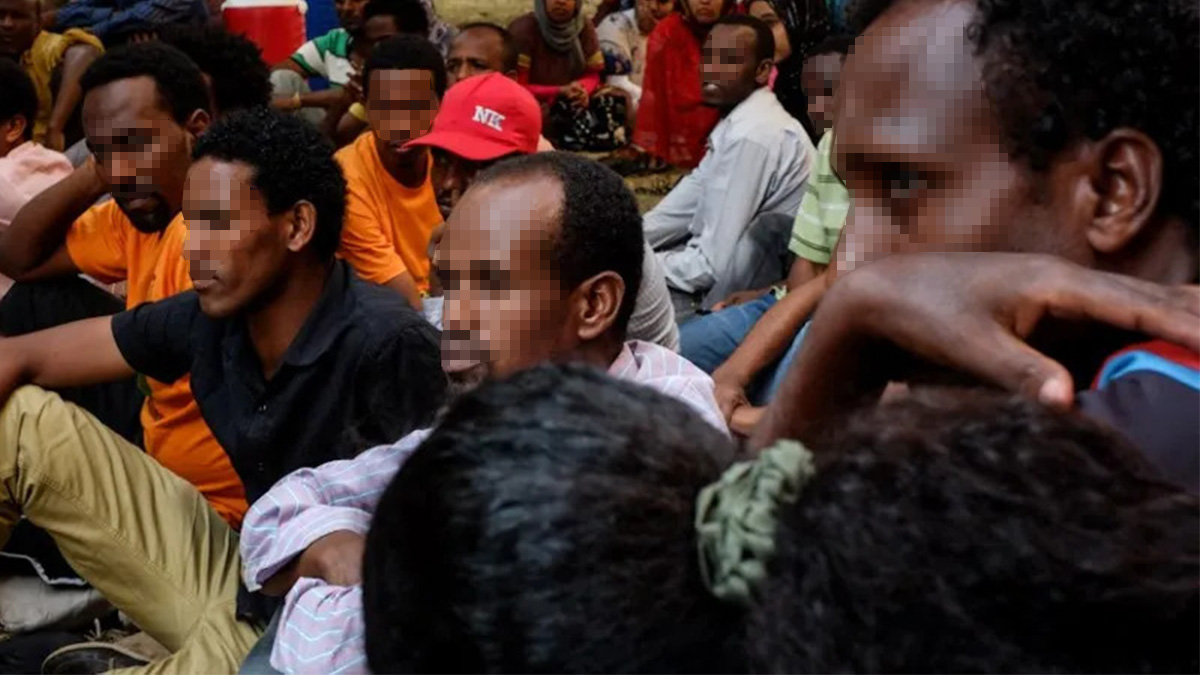
Addis Standard staffs
Addis Abeba, July 17/2019 – The National Electoral Board of Ethiopia (NEBE) released a statement yesterday stating it was conducting preliminary preparations in order to hold a referendum on the statehood request by the Sidama people of southern Ethiopia within the next five months. The statement came as deadlock hits the Southern Ethiopian Democratic Movement (SEPDM), one of the four main parties that make up the ruling EPRDF, following the party’s central committee meeting in Addis Abeba, which lasted for ten consecutive days and dissolved with no consensus on the future of the region.
According to the statement from NEBE, the board is taking necessary preparations to hold the referendum within the next five months based on the one year constitutional deadline which followed the regional council’s letter of request for statehood which was sent to the board. NEBE’s statement said it received the letter in November 2011 EC (Nov. 2018 GC) and based on the one year constitutional time frame stipulated under article 47/3/b/ the board said it was within its right to hold the referendum within the next five months.
However, NEBE’s understanding of the one year constitutional deadline seems to contradict article 47/3/a & b of the constitution. Whereas NEBE says within one year of it receiving the letter, the constitution states that (a) “When the demand for statehood has been approved by a two-thirds majority of the members of the Council of the Nation, Nationality or People concerned, and the demand is presented in writing to the State Council.” And (b) “When the Council that received the demand has organized a referendum within one year to be held in the Nation, Nationality or People that make the demand.” The regional council had received the letter for statehood demand from the Sidama zone on July 20/2018.
This may be a minor precedent indicative of the need for consultations between proponents of the Sidama statehood, the most vocal and more organized of whom being the youth, “Ejjeto”, and the federal and regional governments. The former have long warned to unilaterally declare a statehood on July 18/2019, although many cast doubts on its legal applicability. For one, in his last appearance at the parliament, PM Abiy Ahmed has warned that any such moves outside of constitutional requirements would result an the Somali region scenario; by that he was refereeing to the federal government’s intervention in Somali regional state which ended in disposing the then President Abdi Muhamud Omer a.k.a Abdi Iley, who is now standing trial at a federal court in the capital.
Be that as it may, in a move to address concerns from different groups and individuals, in its statement the NEBE cautioned pertinent stakeholders including the regional council, in coordination with zonal administrations to prepare a clear roadmap regarding the the rights and responsibilities of SNNP regional state and the Sidama Zone with regard to the city of Hawassa, which is currently serving as the capital of both. NEBE also requested both to work with it on a clear roadmap based on constitutional requirements to ensure electoral security, as well as a clear administrative and legal structure outlining the protection to the rights of other nations and nationalities in the region after the referendum was conducted. The board requested answers to these issues on or before July 26/2019 GC (July 19/2011 EC.)
Considering the web of entanglement SEPDM finds itself today, this may be the least of everyone’s worry. Perhaps owing to that, NEBE’s was received with sign of relief among many proponents of the statehood request for Sidama. They are relieved that the electoral board has “finally” broken its “deafening silence.” “We have waited for decades, we can wait for five months,” said a pro-Sidama state senior official at a federal ministry in Addis Abeba.
SEPDM deadlock
On July 05 the Central Committee (CC) of SEPDM met for three days especial meeting to discuss “regional and federal peace & security and political issues.” However, the meeting dragged on for ten days until Monday July 15. In a rather vague statement released on Monday evening, SEPDM issued a six-point resolution in which its stand on the Sidama statehood was rather confusing, if not omitted.
“Our party has been working for the past seven months to respond to our people’s requests of statehood based on scientific studies conducted by a group of intellectuals,” the statement said, mentioning no part of the “scientific study.” Based on the findings of study, it said, SEPDM has created a consensus among the people of the region based on “extensive public consultations.”
The statement said that SEPDM recognized the constitutional rights of the people in SNNPRS to request a statehood and that such requests were not confined to one state only. After rigorous deliberations on the scientific study the party has therefor “reached at a consensus” on how to respond to the these requests based on the people’s shared and lasting benefits and the need to continue as united polity. “The Central Committee has agreed that (pending continued public consultations), it will diligently work on the scientific study’s findings, which included respecting the people’s wishes to continue as a united polity but also on the other hand to practically implement the decision of the council with a sense of responsibility.”
Looking at the statement from the public expectations point of view for clarity, the ten pages content said nothing at all. However, there is unequivocal determination by a faction from within the party’s leadership, including its chairwoman Muferiat Kamil, for the party to stay a single dominant party governing the region in post-Sidama referendum.
The statement acknowledged that SEPDM, laden with several challenges, should continue taking the responsibility for the crisis that plagued the region, such as lack of good governance, poverty, lack of infrastructure and the recent political crisis that saw inter-communal violence sweeping through most parts of the region. “In order to overcome the crisis that plagued us at national and regional levels it is important to strengthen the internal capacity of our party. [To this end] we have agreed that we are at critical a juncture where we have to work hard to make sure that the leadership of the party will dispense their responsibilities inline with the public’s demands,” the statement said, and warned that the party will be poised to legally rectify “irregular activities being undertaken under the guise of request for rights” and that ensuring the peace, security and the rights of citizens are not “up for negotiations.”
According to multiple sources who attended the CC and were approached by Addis Standard (sources who do not want to be named due to the sensitivity of the matter), the so-called “scientific study” presented and discussed at the CC meeting suggested the establishment of five different regional states containing all the different 56 nations and nationalities in the region with capital cities in Hawassa, Sodo, Arba Minch, Hosaena, and Bonga. “This means SNNPRS will not likely continue as a single regional structure,” said one source, “this will directly affect the existence of SEPDM as one of the main parties that make up the ruling EPRDF.” He added that “the main dispute came from SEPDM’s chairwoman Muferiat Kamil who contested that only the Sidama request should be determined at the meeting and that the rest of the requests should be postponed indefinitely.” Repeated attempts by Addis Standard to obtain a copy of the document were no successful.
As of now, in addition to the Sidama, requests for statehood have been invoked by ten different zones (all approved at zonal levels) and were referred to the regional council within the last one year and three months. These zones are: Wolayita, Kafa, Gofa, Sheka, Bench Maji, Kembata, Guraghe, Dawro, Hadiya, and Gamo.
According to a second source, the recommendations made in the “scientific study” include finding an amicable ways of centralization using a “hybrid of previous separate regional arrangements before the 56 nations were merged together to make SNNPR, and present day realities on the ground (such as that of the Gedeo community).”
In an interview he gave to the BBC Amahric, former MP and veteran opposition politician Professor Beyene Petros recalls the previous arrangement under Kilil (region) as following:
Kilil 7: Guraghe, Kambata, Hadiya, Yem, Halaba and Silte with the capital city in Hosaena.
Kilil 8: Sidama, Gedeo, Amaro and Burji with the capital city in Hawassa.
Kilil 9: Welayita, Gamo Gofa, Dawro and others with the capital city n Arba Minch.
Kilil 10: Nations in South Omo with the capital city in Jinka and
Kilil 11: Nations beyond the Omo river with the capital city in Mizan Teferi.
This arrangement lasted for about two years during the transitional period between 1991 and 1994 but it was dismantled to make ways for the creation of a united SNNPRS, a move Prof. Beyene and many others have objected at the time.
Despite being effective to govern, this decision is also blamed for having incapacitated the rest of the then regional capitals and other major urban centers as it re-focussed the region’s resources and infrastructure developments on Hawassa more than any other urban centers, another participant of the CC meeting said, and the “document suggested further decentralization into the five regional states based both on current political demands and the need for further decentralization.”
Where the deadlock emerged is on whether or not these should be recognized as five independent regional states or mere “clusters”, as was “suggested by members of the CC who are strongly in favor of keeping SEPDM as a vanguard party governing the southern region post-Sidama referendum. This group includes the chairwoman Muferiat Kamil.”
Some of the CC members who are representatives of the nations who have already invoked the requests for statehood have, on more than one occasion, walked out of the meeting and were “instructed by security forces to come and attend,” two of our sources said. In a note posted on its Facebook page, SEPDM denied social media reports of members of the CC who boycotted the meeting. Our sources confirm that there were several walkouts but were not total boycotts of the meeting. However, the ten days “meeting ended with no concrete agreement on the way forward,” said one source.
Regional budget approval in limbo?
With that comes in another looming deadlock: the meeting of the regional state council which is supposed to happen before the end of the fiscal year, as is the case with all the constituent parties of the EPRDF, has not taken place as of yet. This is a decisive meeting in which the region’s budget for fiscal year 2019/2020 is expected to be approved.
“The meeting by the Central Committee dispersed without a clear decision on a date to hold the Council’s meeting,” said our source, “this is the most powerful body of the regional state which is comprised of representatives from all the 56 nations in the region. Not having a clear date to approve the region’s budget and other important issues that affect the region before the end of the fiscal year bodes ill on the party. The meeting was already delayed due to the prolonged special meeting by the CC; being indecisive on the next step is not a good sign,” he said.
Until the publishing of this article, there is no announcement on when the Council’s meeting is scheduled to take place. AS
________________________________//_________________________________
Editor’s recommended read:
 Tigray’s war-torn businesses struggle under heavy debt burden; seek urgent gov’t action as financial woes persist
Tigray’s war-torn businesses struggle under heavy debt burden; seek urgent gov’t action as financial woes persist Between Two Fires: Oromia’s Guji zones ravaged by conflict, civilians trapped amid human rights abuses
Between Two Fires: Oromia’s Guji zones ravaged by conflict, civilians trapped amid human rights abuses What is driving Egypt’s involvement in the Ethiopia-Somalia standoff?
What is driving Egypt’s involvement in the Ethiopia-Somalia standoff? Caught in the Crossfire: Ethiopian migrants in Egypt trapped in a cycle of abuse, arbitrary detention as GERD tensions rise
Caught in the Crossfire: Ethiopian migrants in Egypt trapped in a cycle of abuse, arbitrary detention as GERD tensions rise